Eugene Bratton
"When I arrived back at the scene of the fighting, the first thing I saw was the D.I's whistle on the road. I knew then that all was up with him."
- Constable Eugene Bratton
Eugene Bratton was born in Longford in 1876 and joined the Royal Irish Constabulary on the 15th of June, 1898. He underwent basic training in the Phoenix Park depot before being assigned to posts in Kilkenny, Tipperary and Westmeath. In 1910 he was assigned to the R.I.C. barracks in Navan, County Meath. At the time he was in favour of Home Rule and believed that many of his colleagues shared this view. He recalled in his Bureau of Military History Witness Statement that opinion in the R.I.C. was mixed regarding the Irish Volunteers. The constabulary had orders to monitor them closely but some RIC men also taught them how to march and drill.
On the Easter Bank Holiday weekend, 1916, Eugene Bratton was on duty at the Fairyhouse Races when the Rising began. Later in the week he was ordered to report to Slane as part of enhanced security for the Marchioness of Conyngham. Bratton’s familiarity with motor transport was put to immediate use and he was ordered to undertake a motorcycle patrol of the area around Slane. He was then assigned as a driver for District Inspector Harry Smyth, and Bratton was given charge of a Model T Ford loaned to the R.I.C. by the Spicer family. The car was last in the motorised column and after leaving Slane it experienced two punctures on the way to Ashbourne. When they halted to repair the second puncture at Kilmoon an elderly man told D.I Smyth that “the rebels were all along the road”. Smyth and Bratton made every effort to reach and warn County Inspector Alexander Gray in the lead car but due to the narrowness of the roads and the intervals between cars they were unable to reach him.
It was only after the column halted that the opening shots of the second phase of the battle of Ashbourne were fired. During the battle, Bratton was challenged by the Volunteers but was not shot at as he was in civilian clothing. Being unarmed, he decided to escape in the confusion of the gun battle and commandeered a bicycle. He used it to reach Balrath R.I.C. barracks, where he phoned both the Navan and Drogheda barracks to report what had happened. Bratton then returned to the Rath crossroads, where amid the blood and wreckage on the road he saw Harry Smyth’s silver whistle and realised that the District Inspector had been shot and killed by the rebels. He sought permission from Thomas Ashe to recover Smyth’s body, and he then drove it to the District Inspector’s home in Navan, where he handed over the body to his wife, Georgina Smyth.
After the Rising, Eugene Bratton was awarded the Kings Police medal (KPM) for conspicuous gallantry and was taken to London where he received his decoration at Buckingham Palace in 1917. In the months and years after the Rising, Bratton lost faith in Home Rule and became increasingly dissatisfied with British control in Ireland. He later wrote that he resented being awarded a medal for his part in the Battle of Ashbourne.
From late 1917, he worked primarily as a driver and mechanic for senior officers and during this time joined a labour union, established within the R.I.C,seeking better pay and conditions for the men. He was outraged at the treatment of the union by the Constabulary, and by the threatened introduction of conscription to Ireland. By early 1919, Bratton was not only sympathetic to the Irish Volunteers but was actively supplying intelligence to them. Bratton was almost discovered on several occasions and was lucky to escape one night when a Black and Tan tried to shoot him while he stayed in Trim barracks. Despite this, he continued to supply intelligence to the I.R.A. until after the Truce in 1921. and he resigned from the force before the R.I.C. was formally disbanded in April 1922.
- Written by historian Tóla Collier, who features in Fingal's Finest. For more information, please visit the Battle of Ashbourne Centenary Committee webpage.


